When you work in an industrial or commercial environment, having the right electric air compressor makes all the difference. From powering pneumatic tools to inflating tires and operating machinery, air compressors keep your operations running efficiently.
However, with numerous models and features available, selecting the right one can feel overwhelming. This air compressor buying guide breaks down everything you need to know about tank size, air pressure, duty cycle, and performance. It helps you make the best decision for your business.
An electric air compressor delivers consistent compressed air without the noise and fumes of gas-powered units. Businesses rely on them because they:
If your tools depend on reliable air flow, an electric unit provides steady performance with fewer interruptions.
Related Post: Buying Guide: Best Air Compressor for Your Business
When you evaluate an air compressor, keep these essential factors in mind:
Air compressors measure performance with two key metrics: Pounds Per Square Inch (PSI) and Cubic Feet per Minute (CFM).
The duty cycle tells you how long the compressor can run before needing to rest. For example, a 50% duty cycle means it can run for 5 minutes out of every 10. Industrial-grade compressors typically have higher duty cycles, making them well-suited for demanding applications.
Related Post: Industrial Air Compressors Explained – eINDUSTRIFY
Understanding the different types of compressors helps narrow your search. The main types include reciprocating (piston), rotary screw, and centrifugal compressors. Each type suits different tasks and atmospheric pressure conditions. These systems offer high efficiency and are available in both oil-free and lubricated models.
Select the model that best suits your operational needs. When selecting the right air compressor, consider your specific pressure requirements and air usage needs. Evaluate energy efficiency first. Determine whether to use a positive displacement compressor or a dynamic type for continuous flow.
A portable compressor is compact, easy to move, and ideal for mobile or on-site projects. It operates efficiently with an electric motor, delivering high-quality performance for light industrial applications. Portable models are ideal when flexibility and quick setup are crucial. Despite their smaller size, they can generate higher pressure relative to atmospheric pressure, ensuring consistent output.
Manufacturers design stationary air compressors for workshops, factories, and manufacturing sites. These highly efficient systems deliver powered air with higher pressure and often feature a larger tank capacity. Many are built with rotary screw air compressors, which are known for their durability and energy efficiency.
They maintain steady performance under constant use, making them suitable for powering multiple tools simultaneously. Available in both oil-free air compressors and lubricated types, they ensure high-quality compressed air for critical operations.
Both options bring unique benefits. Select based on your work environment and energy efficiency. Consider the amount of air your tools require.
Each tool requires different levels of air pressure and volume of air. For example:
Consider how you'll use the compressor day to day:
An electric air compressor lasts longer and works more safely if you follow good practices:
Read More: Air Compressor Requirements for High Performance Pneumatic Tools
Your buying decision should match your workload:
For light-duty jobs, such as DIY tasks or small business needs, a compact unit with a smaller tank is ideal.
Invest in a larger tank with high CFM for heavy-duty operations such as construction, automotive, or manufacturing. Choose a durable build with a long duty cycle.
Choosing the right electric air compressor comes down to understanding your tools, workload, and space. Every feature affects the device's overall performance. This includes tank size, air pressure, duty cycle, and portability.
Follow this air compressor buying guide to pick a compressor that meets your demands. It helps you maximize efficiency. Take time to compare options, read user reviews, and consider long-term maintenance needs. A well-informed choice ensures reliability, cost savings, and better results for any project.
At eINDUSTRIFY, we understand that every business has unique needs. That's why we provide a wide range of electric air compressors. They include compact portable air compressors and powerful stationary air compressors. Our platform helps you compare models, evaluate features, and choose equipment that aligns with your tool requirements.
With our selection, you'll find compressors designed for reliability, efficiency, and long-term performance. You may need a heavy-duty industrial unit or a light portable model. We connect you with solutions that keep your operations running smoothly and without interruption.
Reach out to us at info@eindustrify.com or call +1 (888) 774 7632. Register your account today and get access to the B2B industrial marketplace.
Discover the extensive range of air compressors available at eINDUSTRIFY today. Power your operations with the reliability and performance your business deserves.
Tags: Electric Air Compressor Air Hose Powered Air Air Hose Air Pressure Volume of Air Types of Air Compressors Air Compressor Buying Guide Air Flow Portable Air Compressors Stationary Air Compressors
RECENT POSTS:
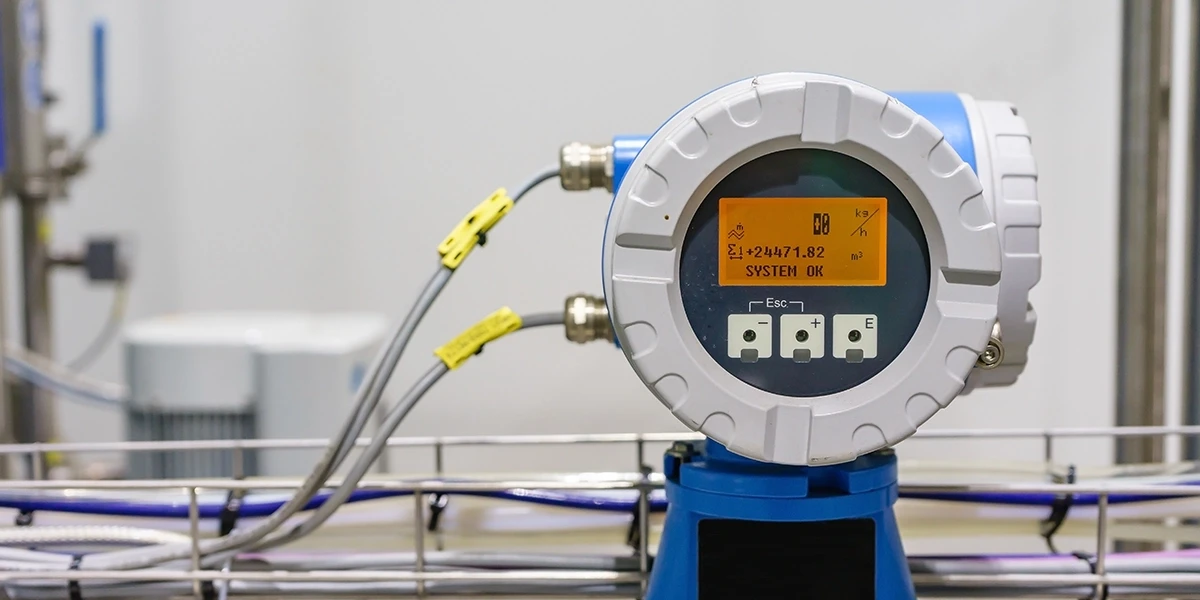
Best Industrial Sensors for Automation
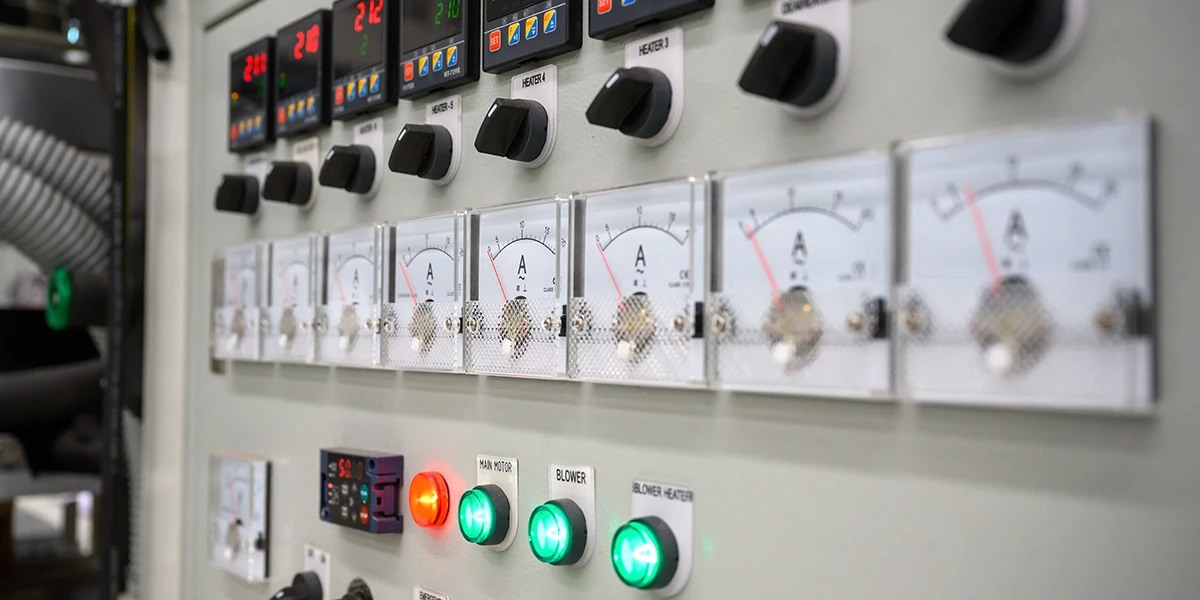
Uses of Industrial Control Equipment
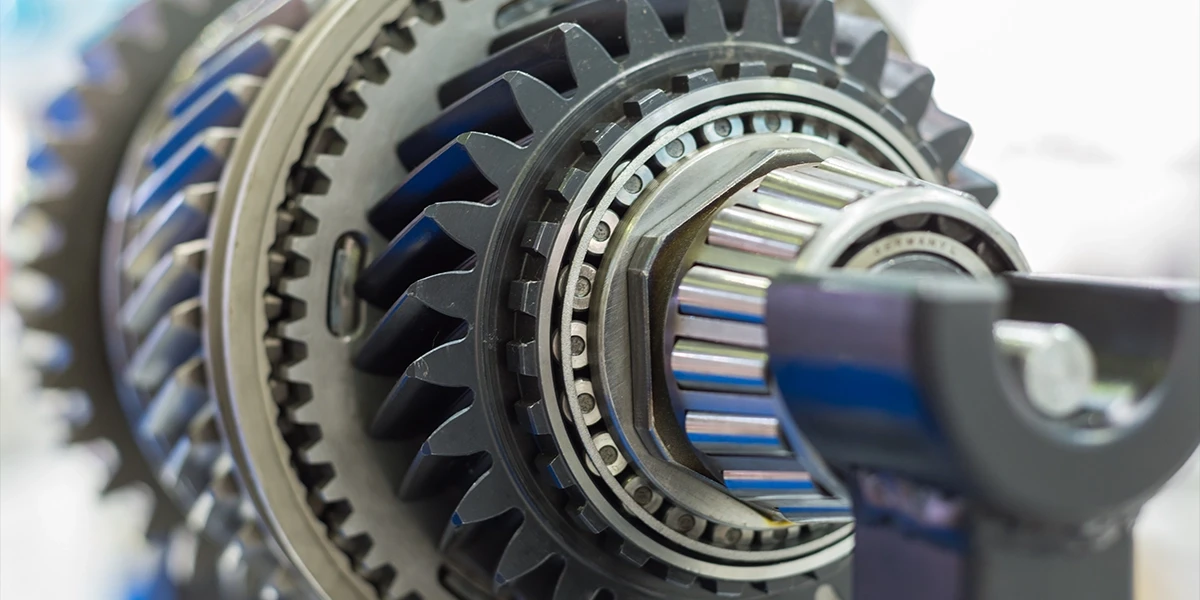
Top Bearings and Power Transmission Solutions
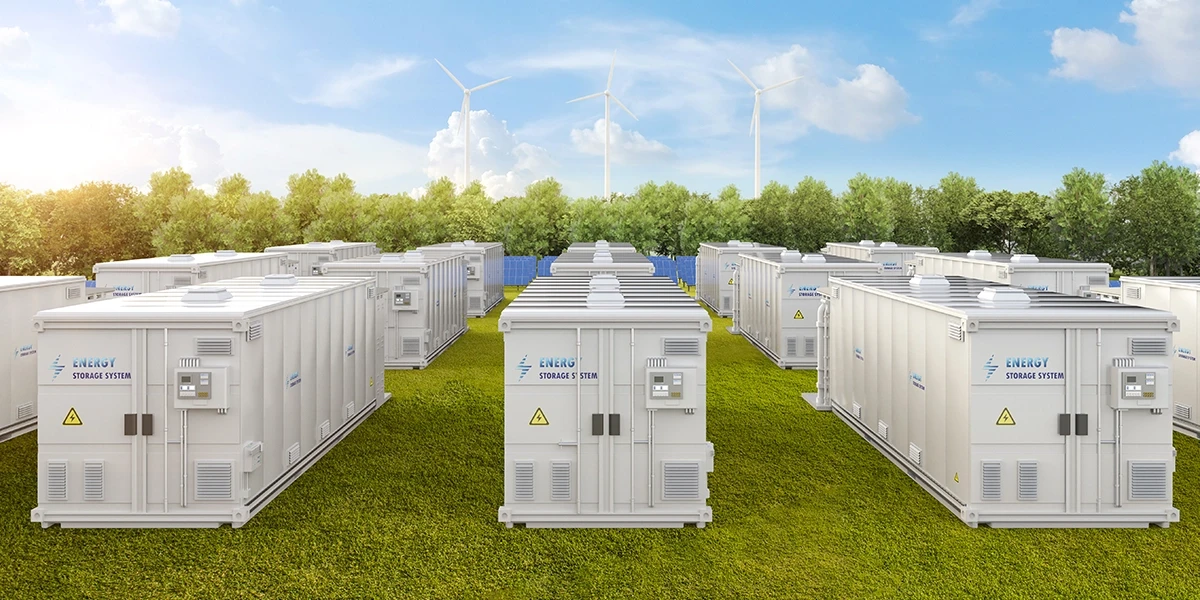
Buy Battery Energy Storage Systems Now
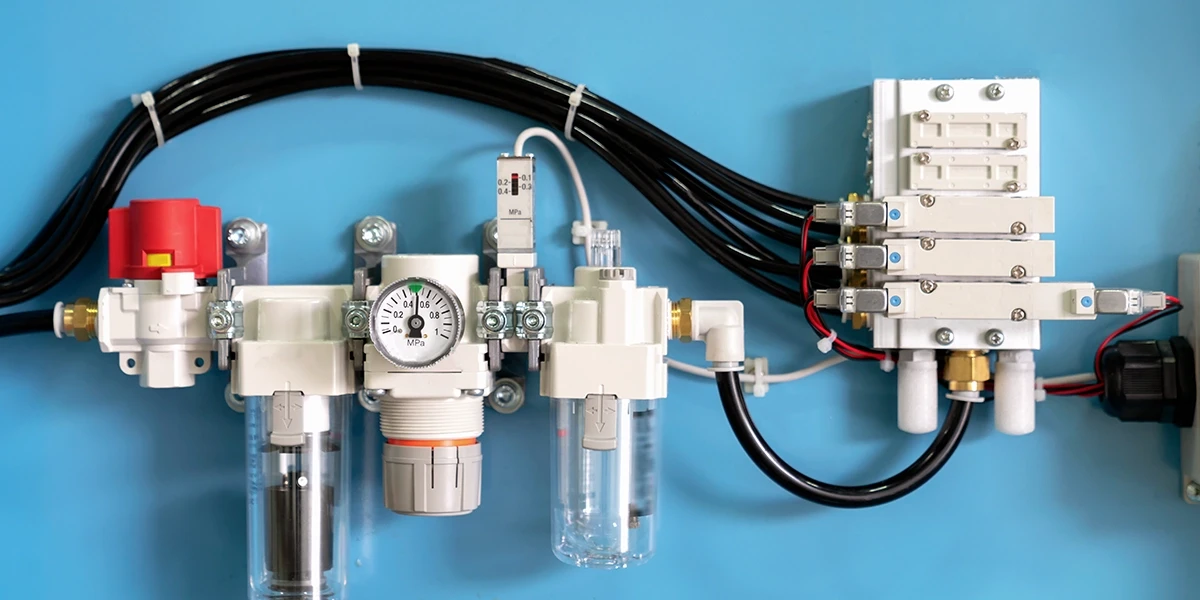
Benefits of Pneumatic Systems Today
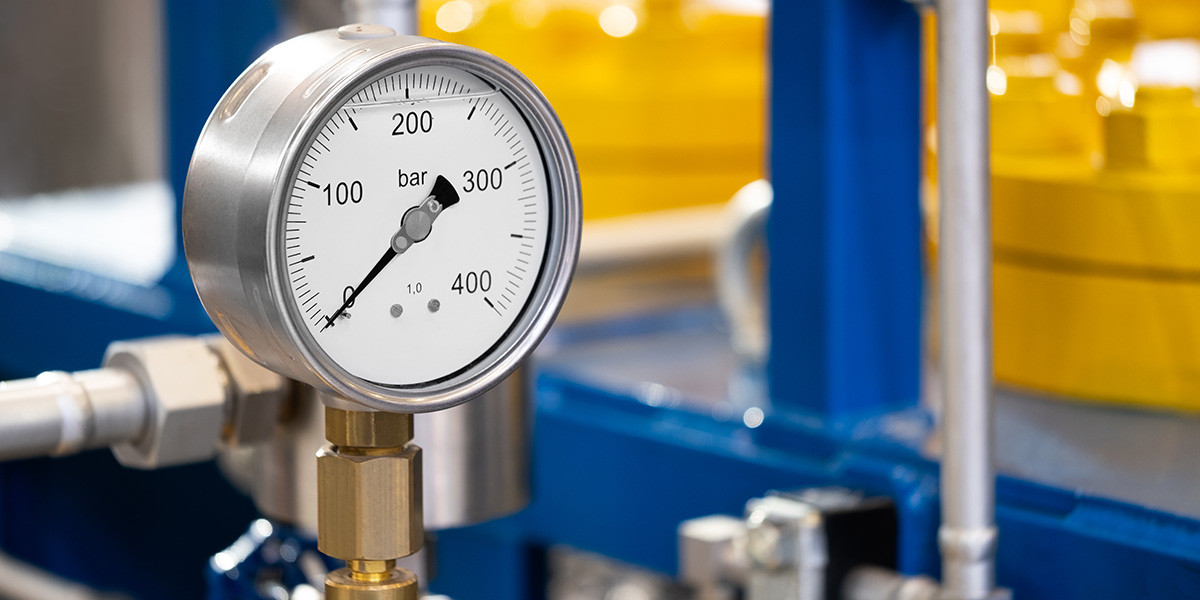
Durable Air Regulator Valve for Heavy-Duty Industrial Use
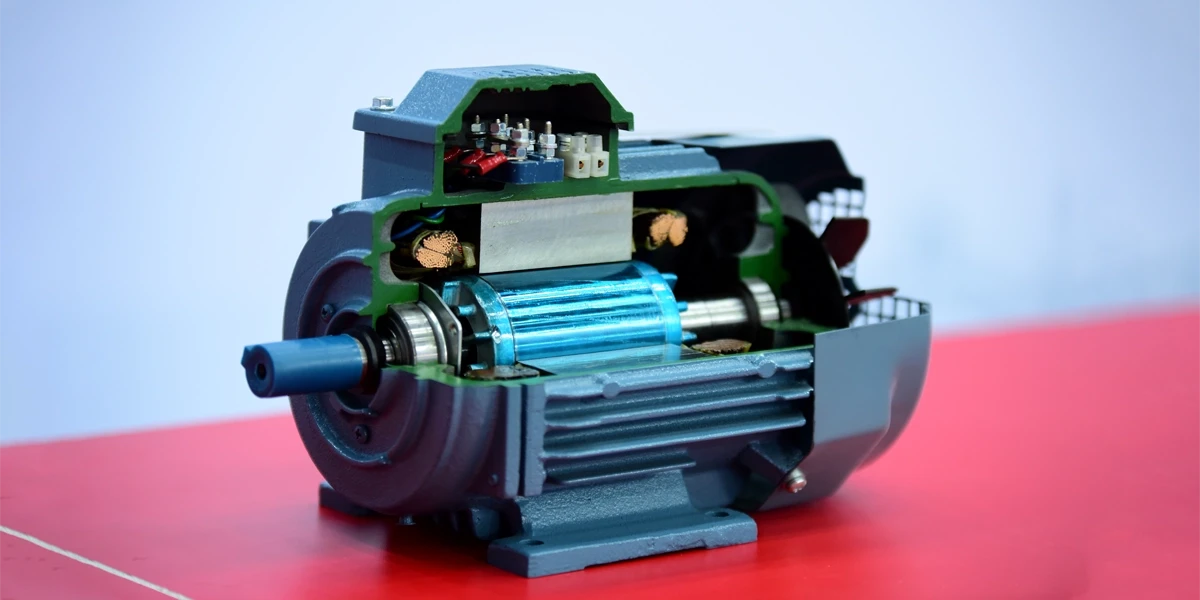
Power Motors Drive Today’s Industries
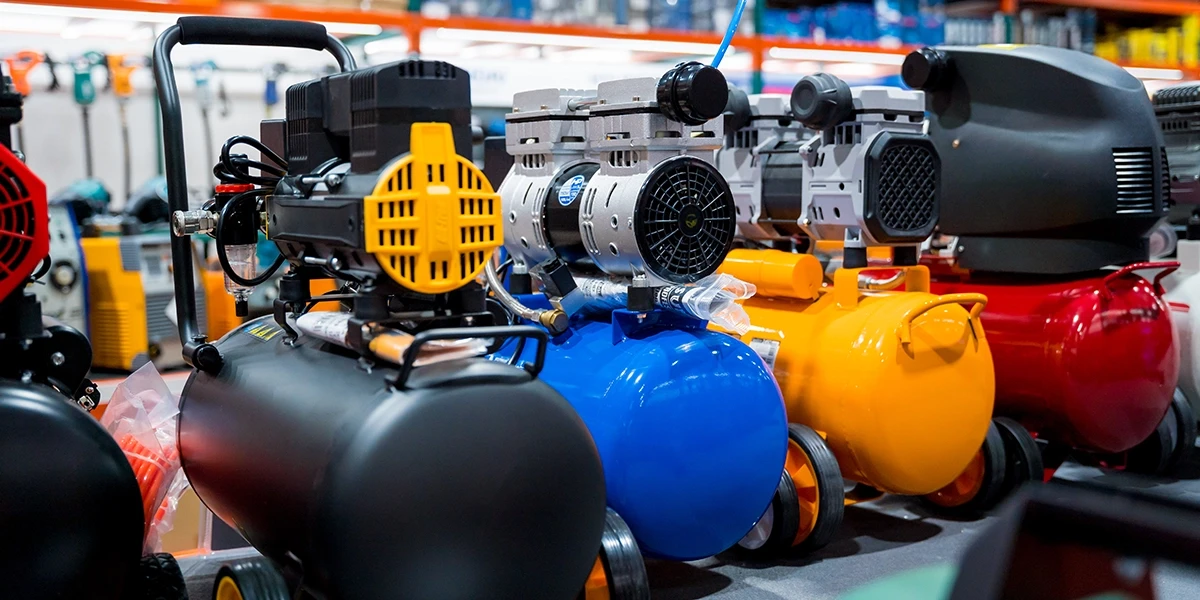
Electric Air Compressor Buying Guide